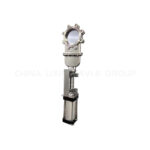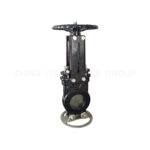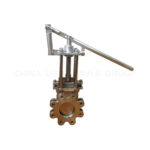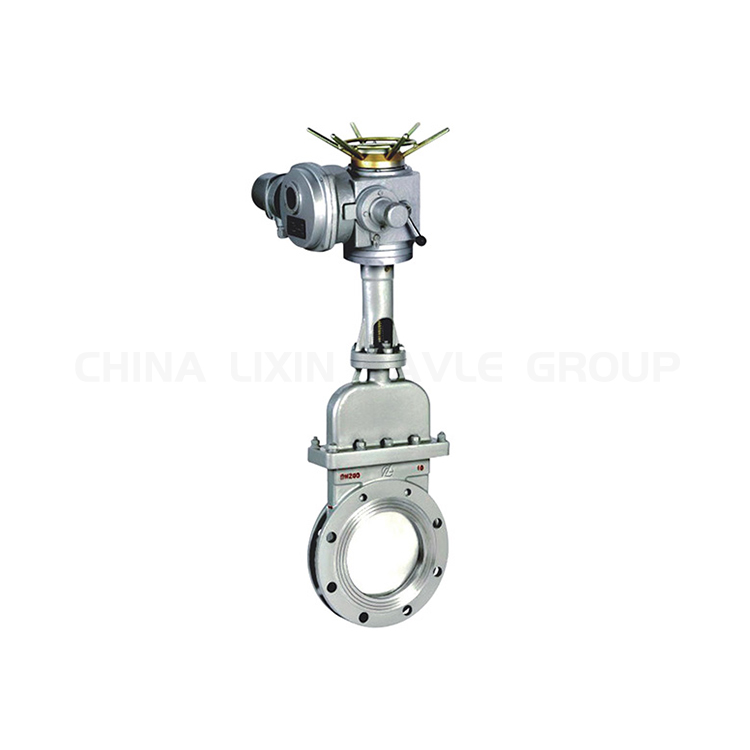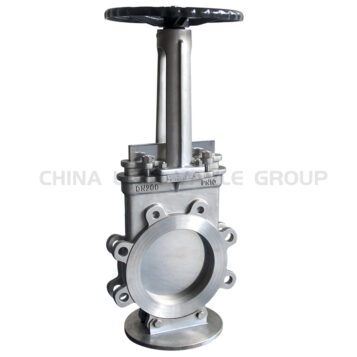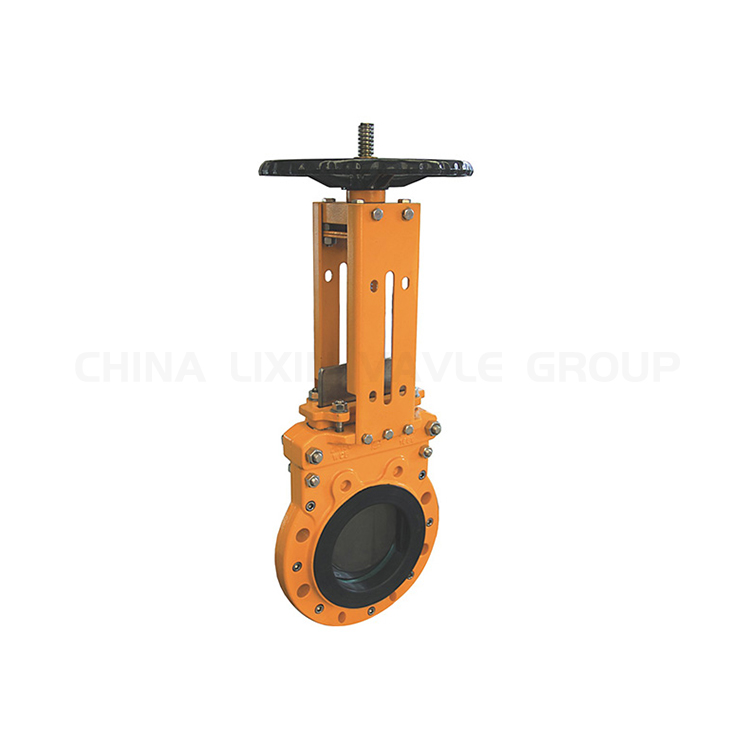Expert Guide to Knife Gate Valve Installation: Tips from Top Knife Gate Valve Manufacturers
Understanding the Purpose and Functionality of Knife Gate Valves
The purpose of a knife gate valve is to let fluids pass through when opened yet to maintain a tight seal when closed. They are commonly employed in situations when handling caustic or abrasive compounds is involved. Depending on the needs of the system, knife gate valves are frequently operated manually, pneumatically, or hydraulically.
Knowing the main parts of a knife gate valve is necessary to comprehend how it operates. There are four basic parts to a knife gate valve: the actuator, packing gland, gate, and valve body. The external shell of the valve that joins the pipeline and shields the internal parts is called the valve body. The moving component of a valve that regulates fluid flow is called a gate. The packing gland makes sure that the gate is tightly sealed, and the actuator is in charge of opening and closing the gate.
Factors to Consider Before Installing a Knife Gate Valve
Before installing a knife gate valve, several factors must be considered to ensure optimal performance and longevity of the valve system. Here are some important aspects to take into account:
1. Fluid Characteristics
Understanding the characteristics of the fluid that will flow through the valve is crucial. Factors such as viscosity, temperature, corrosiveness, and presence of solids or abrasive particles can significantly impact the choice of materials and design of the knife gate valve. It is important to consult with a reputable knife gate valve manufacturer to determine the most suitable valve for the specific fluid being handled.
2. Pressure and Temperature Ratings
Knife gate valves are designed to withstand specific pressure and temperature ranges. It is essential to select a valve that meets the requirements of the system in terms of maximum pressure and temperature. Failure to choose an appropriate valve can lead to leaks, valve damage, and potential safety hazards.
3. Valve Size and Connection Type
The size of the knife gate valve should be selected based on the flow rate and pipe size of the system. Proper sizing ensures optimal flow control and prevents excessive pressure drop. In addition, the connection type of the valve should be compatible with the existing pipeline infrastructure. Common connection types include flanged, wafer, and lug connections.
Step-by-Step Guide for Knife Gate Valve Installation
Proper installation of a knife gate valve is essential to ensure its efficient operation and longevity. Follow these step-by-step instructions for a successful installation:
1. Prepare the Work Area
Before starting the installation process, ensure that the work area is clean and free from any debris that could interfere with the installation. Remove any obstructions and ensure there is sufficient space to maneuver the valve and associated equipment.
2. Shut Off the Fluid Flow
Before installing the knife gate valve, it is crucial to shut off the fluid flow in the pipeline. This can usually be done by closing the existing valves upstream and downstream of the installation point. Verify that the flow has been completely shut off before proceeding.
3. Position the Valve
Carefully position the knife gate valve in the desired location. Ensure that the valve is aligned properly with the pipeline to prevent any misalignment issues. Use proper lifting equipment if necessary to handle larger and heavier valves.
4. Connect the Valve
Using the appropriate gaskets and fasteners, connect the knife gate valve to the pipeline. Follow the manufacturer’s instructions for proper installation techniques and torque specifications. Ensure that the connections are tight and leak-free.
5. Test the Valve
After the valve is securely installed, it is essential to test its functionality. Slowly open and close the valve to ensure smooth operation and proper sealing. Check for any leaks or abnormal behavior during the testing process. If any issues are detected, consult with a professional to address the problem before putting the valve into regular operation.
Safety Precautions During Knife Gate Valve Installation
Working with knife gate valves can involve certain risks and hazards. It is important to take the necessary safety precautions to protect personnel and equipment. Here are some key safety measures to consider during knife gate valve installation:
1. Personal Protective Equipment (PPE)
Ensure that all personnel involved in the installation process wear appropriate PPE, including safety glasses, gloves, and protective clothing. This will help prevent injuries from sharp edges, falling objects, or exposure to hazardous substances.
2. Lockout/Tagout Procedures
Before starting any installation work, follow lockout/tagout procedures to isolate the energy sources and prevent accidental valve operation. This is particularly important when working with pneumatic or hydraulic systems.
3. Proper Lifting Techniques
When handling heavy knife gate valves or using lifting equipment, employ proper lifting techniques to prevent back injuries or accidents. Use lifting slings or chains that are rated for the weight of the valve and ensure that the lifting points are secure.
4. Follow Manufacturer’s Instructions
Always refer to the manufacturer’s instructions and guidelines for installation procedures. Each valve may have specific requirements and recommendations that should be followed to ensure proper installation and safe operation.

Frequently Asked Questions about Knife Gate Valve Installation
Q: How often should knife gate valves be inspected?
A: Knife gate valves should be inspected on a regular basis to ensure proper operation. The frequency of inspections is dictated by the specific application and conditions in which the valve operates. It is recommended that you consult with the valve manufacturer or a professional engineer to develop an appropriate inspection schedule.
Q: Can knife gate valves be fitted in any orientation?
A: Depending on the system’s individual requirements, knife gate valves can be mounted horizontally or vertically. However, when deciding on valve orientation, gravity, fluid flow direction, and simplicity of operation must all be considered.
Q: How do I know what size knife gate valve I need for my application?
A: The size of a knife gate valve should be determined by the flow rate and pipe size of the system. It is best to speak with a valve manufacturer or engineer who can perform size calculations using the application’s unique specifications.
Q: What maintenance is required for knife gate valves?
A: Regular maintenance is essential to ensure the optimal performance and longevity of knife gate valves. This includes cleaning, lubrication, and inspection of the valve components. The frequency and extent of maintenance depend on the operating conditions and the specific requirements of the valve.





